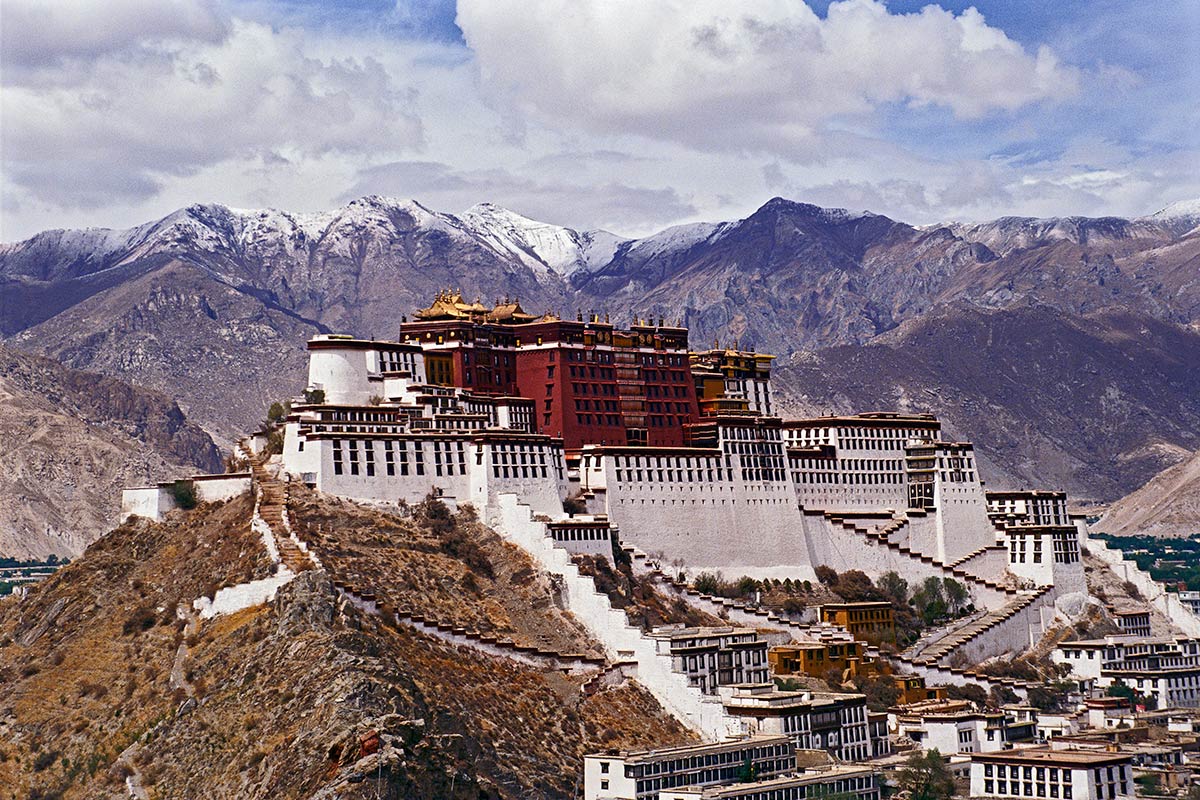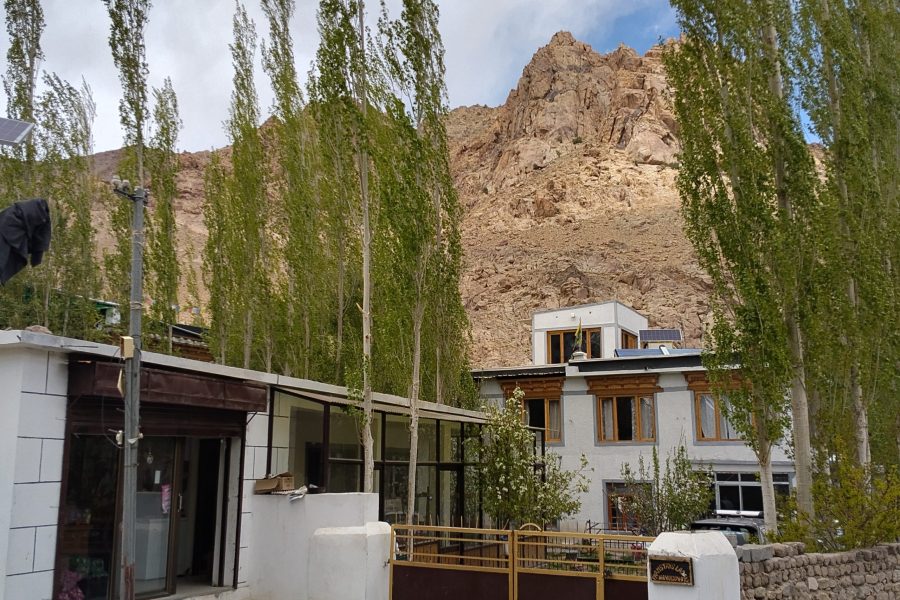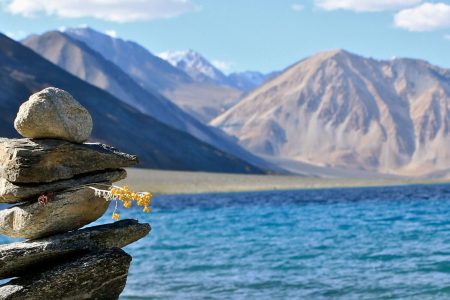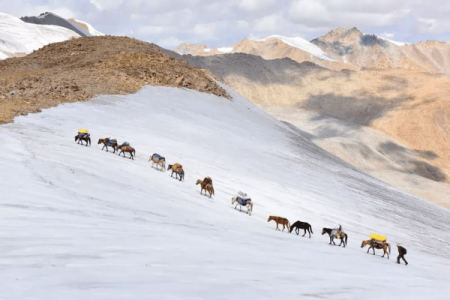Phyang Valley is closely linked to the nearby Phyang Monastery, an important center of the Drikung Kagyu lineage of Tibetan Buddhism. The valley has historically served as pastureland for local nomads and a site for seasonal gatherings and spiritual retreats. It continues to be associated with community rituals and the annual Phyang Tsedup festival, held in the monastery.
Architectural Features and Layout
Phyang Snow Valley, located near Phyang Village in Ladakh, is a stunning natural landscape rather than a man-made architectural site. However, it lies close to the historic Phyang Monastery, which features traditional Tibetan Buddhist architecture. The valley itself is known for its broad snow-covered fields, gentle slopes, and the dramatic backdrop of the Ladakh Range. During winter, the entire area transforms into a snowy expanse, attracting skiers, trekkers, and nature enthusiasts. Though there are no built structures dominating the valley, its open layout and natural formations are its most defining features.
Main Assembly Area (Snow Slopes and Activity Zones)
The central area of Phyang Snow Valley is used for various winter sports and cultural gatherings:
Snow Activity Zones: Ideal for beginner to intermediate level skiing, snowboarding, and snow hiking.
Event Grounds: Occasionally used for ice festivals, local snow games, and Buddhist winter rituals held by nearby monastic communities.
Base Area: Close to the village, where temporary tents and camps are set up during winter expeditions.
Cultural Significance
Phyang Snow Valley holds cultural significance because of its proximity to Phyang Monastery, one of the oldest and most respected Drikung Kagyu lineage monasteries in Ladakh. During winter, local festivals like Gustor attract visitors to the region. The valley itself serves as a seasonal extension of the cultural and religious life of the village, where locals and monks alike interact with the snowy landscape for both recreational and spiritual purposes.
Fort-like Structure
Phyang Snow Valley does not have a fort-like structure, but the surrounding natural formations of snow-covered ridges create a dramatic and almost fortress-like appearance, especially in the winter months. The valley is enclosed by steep mountain walls, providing both a sense of protection and seclusion, making it ideal for quiet retreats and adventure activities.
Roof and Viewpoints
The open sky above the valley acts as its “roof,” while the elevated edges and surrounding ridgelines offer incredible views of the snow-draped Ladakh mountains, Leh valley, and on clear days, even the distant Stok Kangri peak. These natural viewpoints are perfect for photography, meditation, and silent contemplation, enhancing the valley’s appeal as a serene and pristine location.




